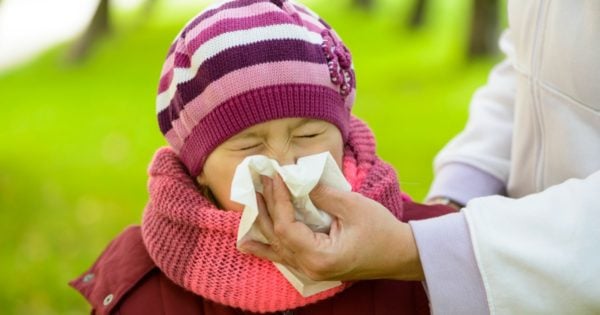By Professor Christopher Thomas, Baker IDI Heart & Diabetes Institute.
Colds are more common in the cold winter months. But does the weather have anything to do with why we get sick?
These days, we use other terms such as “virus” or “the flu” to describe our sniffles because we have a fair idea of their origins. So when we call it a “cold”, don’t we also imply that the temperature outside was the cause?
Growing up, my mum always said, “Put on your woolies or you’ll catch a cold!” But a winter scarf is not a surgical mask; it’s hardly going stop me inhaling a virus from other people’s coughs and sneezes.
So did Mum confuse getting cold with getting a cold? She could be forgiven for that. More likely, I wasn’t listening that closely.
When you think about it, many of the symptoms are very similar. Go out on a cold and frosty morning and inhale deeply through your nostrils – you do get a tingle in your nose.
Take a deep breath in through your mouth and your throat feels strangely dry and coarse. Sometimes, it will even trigger a cough.
If you stay out for too long in the cold, you may start shivering, your hands are cold to touch and fingers go white. You breathe faster and your heart rate picks up. All this happens as the sympathetic nervous system is activated to preserve heat.
These symptoms are similar to those you experience when you have a cold.





























































































